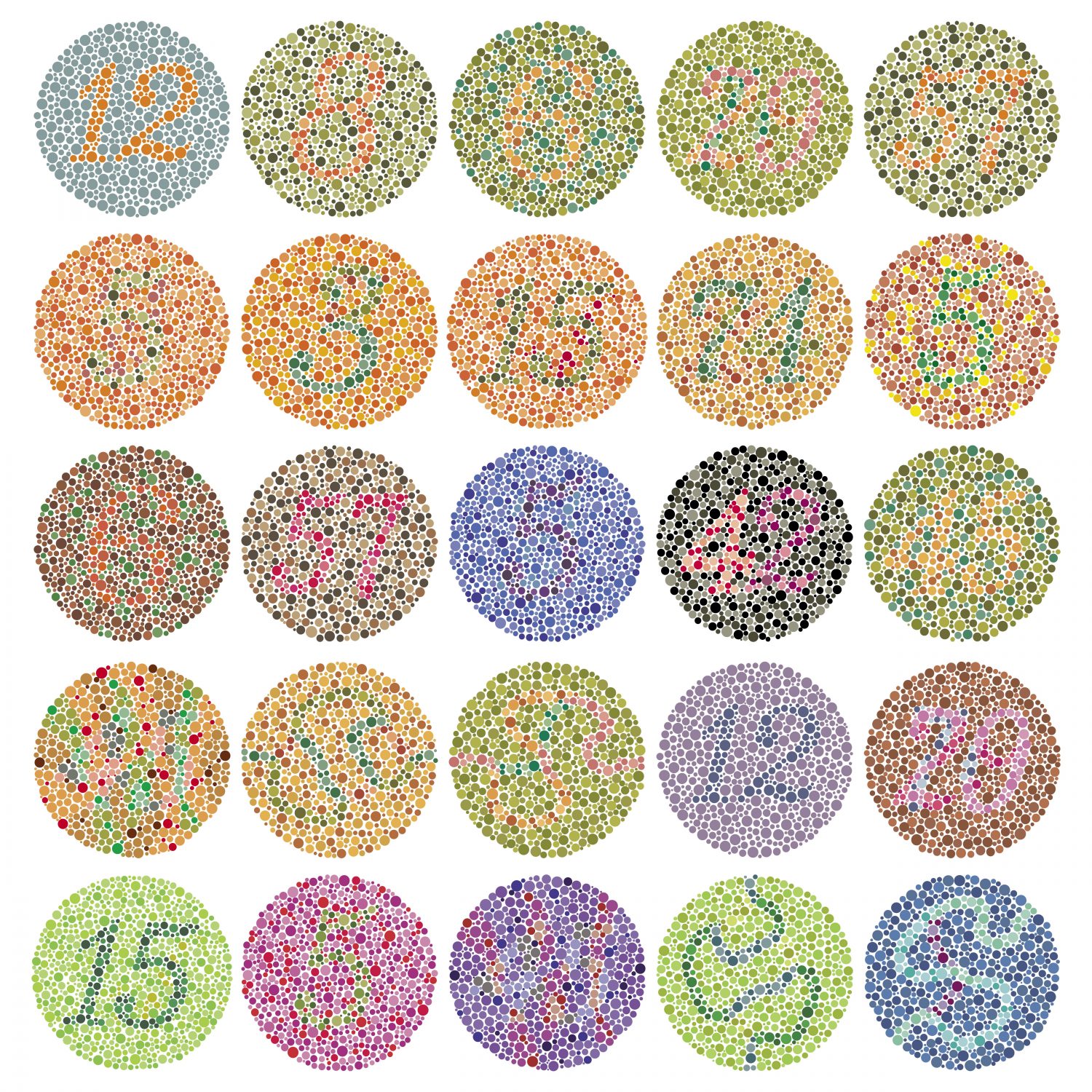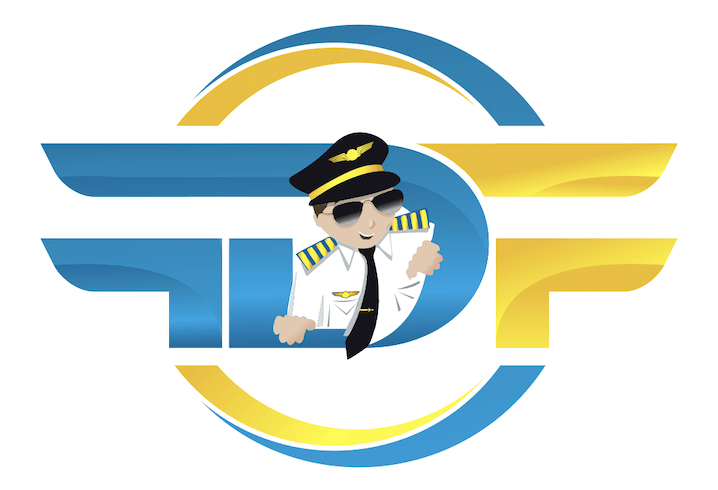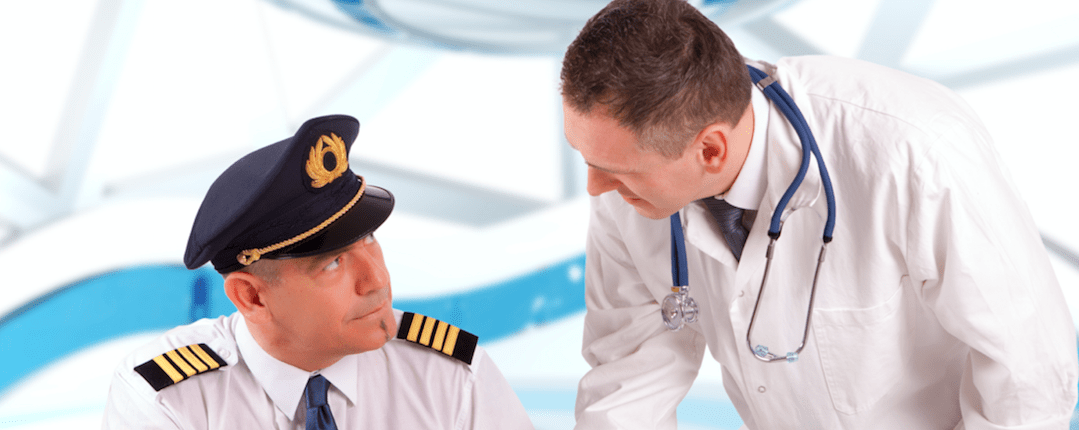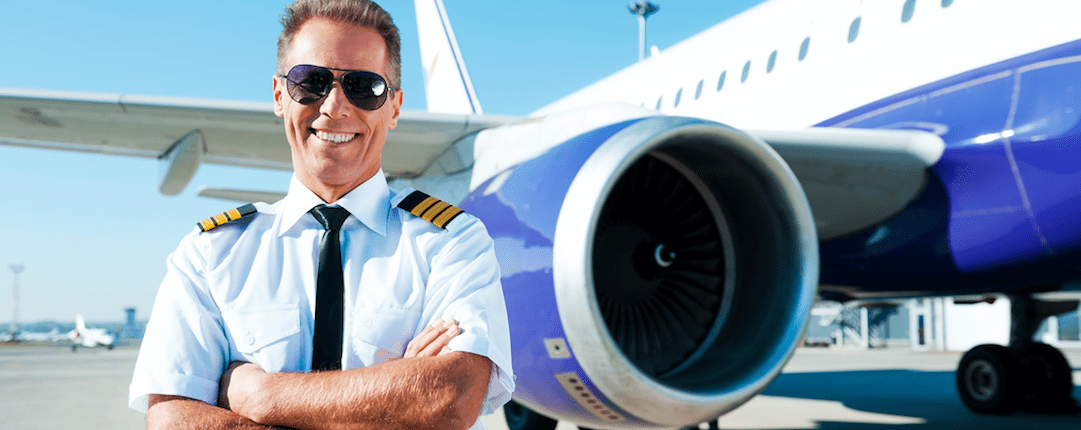Airline Pilot Medical Requirements
What are the medical requirements to become a pilot…
To exercise the privileges of a Commercial Pilots Licence, you must be in possession of a valid Class 1 Medical certificate. This is something you should seek to obtain before you start your flight training just in case a medical condition (which on occasions people aren’t already aware of), prohibits you from being awarded a Class One Medical certification.
The requirements are not particularly stringent, and a normal healthy person should have no problem being awarded one. The medical examiners are generally concerned with if you have the ability to do the job of a commercial pilot without difficulty or impedance, such as due to reduced mobility, poor hearing or eyesight and that the potential for you to suffer from acute incapacitation (such as due to a seizure, collapse, heart attack or stroke etc.) is negligible.
Airline Pilot Medical Requirements
The very first recommendation to any aspiring pilot is to obtain a Pilot Class One Medical certificate. This is a mandatory requirement for all airline flight crew in order to operate a jet commercially. For a UK or European issued medical certificate, the initial assessment can take place with a specifically authorised CAA Aviation Medical Examiner (AME) listed on their website.
Unfortunately people invest significant amounts of money in obtaining a Private Pilot’s Licence (requiring only a class two medical), with the view to continue training towards a commercial licence. They can then find out that they were ineligible for a class one medical, and are therefore unable to pursue a commercial piloting career. So make sure you can pass the medical requirements before commencing your pilot training.
Initial Class One Pilot Medical Assessment
During the initial Class One medical assessment you are tested and checked for a general level of good health and any specific disqualifying conditions are identified. Unfortunately for some, this occasion may highlight an underlying medical condition which has not before been detected, and the medical certificate will not be issued. Some conditions are not necessarily disqualifying but may require further investigation and testing.
What’s included in a Pilot Class One Medical Assessment?
The following is assessed at the initial examination:
Disclaimer: The information below has been taken from the UK CAA website. We have provided the information for use as a guide only. Any medical enquiries should be directed to the regulatory authority for your country. This guidance was correct at the time of posting but may since have changed. The list is non-exhaustive.
- Medical history review
- Eyesight test – “If you wear glasses or contact lenses it is important to take your last optician’s report along to the examination. An applicant may be assessed as fit with hypermetropia not exceeding +5.0 dioptres, myopia not exceeding -6.0 dioptres, astigmatism not exceeding 2.0 dioptres, and anisometropia not exceeding 2.0 dioptres, provided that optimal correction has been considered and no significant pathology is demonstrated. Monocular visual acuities should be 6/6 or better.”
- Hearing test – “Applicants may not have a hearing loss of more than 35dB at any of the frequencies 500Hz, 1000Hz or 2000Hz, or more than 50dB at 3000Hz, in either ear separately.”
- Physical Examination – “A general check that all is functioning correctly. It will cover lungs, heart, blood pressure, stomach, limbs and nervous system.”
- Electrocardiogram (ECG) – “This measures the electrical impulses passing through your heart. It can show disorders of the heart rhythm or of the conduction of the impulses, and sometimes it can show a lack of blood supplying the heart muscle. Changes on an ECG require further investigation. A report from a cardiologist and further tests (for example an exercise ECG) may need to be done.”
- Lung function test (spirometry) – “This tests your ability to expel air rapidly from your lungs. Abnormal lung function or respiratory problems, e.g. asthma will require reports by a specialist in respiratory disease (UK CAA Asthma guidance and Guidance for Respiratory Reports).”
- Haemoglobin blood test – “This is a finger prick blood test which measures the oxygen carrying capacity of the blood. A low haemoglobin is called anaemia and will need further investigation.”
- Urine test – “You will be asked to provide a sample of urine, so remember to attend for examination with a full bladder. This tests for sugar (diabetes), protein or blood in the urine.”
All content in the quotation marks has been referenced from the UK CAA medical website.
How strict is the Class One Medical examination it?
The award of Class One Medical certifications seems to be more lenient as science and studies have evolved. For example, it is now permissible to hold a Class One Medical if you have either Type 1 or 2 diabetes as long as you demonstrate you can effectively manage your blood sugar levels. If there are any doubts as to your fitness to hold a medical, you may be required to demonstrate your competency in the simulator (for example a practical hearing observation).
Operational Multi-Crew Limitation (OML)
Some conditions (such as diabetes), whilst not immediately disqualifying, my require a restriction to be placed on your authority to operate a commercial aircraft. This is referred to as an Operational Multi-crew Limitation or OML. This allows you to exercise your class one medical privileges only as part of a multi-crew environment. Crew who have an OML restriction may not fly together as part of a 2 crew flight, and an OML holder may not fly with another pilot over the age of 60.
Pilot Medical Renewal
After the medical initial issue, you are required to attend a medical assessment on an annual basis until the age of 60, then every six months until you reach 65 which is the age at which class one medical privileges are revoked.
Items such as ECG and audiograms are retested at periodic intervals, increasing in frequency with age. For example, ECGs are carried out every 2 years between the ages of 30-39 then yearly until 59, then every 6 months until retirement.
What if I Can’t Get a Pilot Class One Medical?
For those unlucky enough not to be able to obtain a class one medical, you may still be able to hold a class two medical which allows you to operate light aircraft with a private pilot’s licence (PPL). A class two medical is effectively a less stringent class one medical, with test renewals initially taking place every two years.
Pilot Medical Revoked
A commercial pilot is reliant on maintaining his or her class one medical in order to exercise their flying privileges. The regulatory authority may revoke the medical at any time, consequently grounding the pilot either temporarily or permanently. Some pilots find themselves in a position where there medical is revoked due to a medical condition occurring.
With continual developments in scientific knowledge and medical treatment, coupled with the regulatory authorities occasionally reviewing the disqualifying conditions, some people have managed to get back into flying commercially after fearing their career was over due to a lost medical.
What may have previously been a disqualifying condition, is now often assessed on an individual basis.
It’s worth considering having some additional loss of income insurance (or loss of medical insurance) in place to ensure you are financially secure if you do lose your medical. Trying to find another job which offers a similar level of remuneration as a pilot’s salary is not easy.
Pilot Colour Vision Requirements
Can I be Colour Blind and still be a Pilot?
Yes, you can potentially be colour blind and become an airline pilot, however, it depends on the severity and what colours you can or can’t recognise.
Approximately 1 in 12 men are colour blind and around 1 in 200 women. Colour blindness is usually genetic, but it can be acquired with age or illness. Many people don’t realise that they’re colour blind until they go for their initial pilot medical assessment.
Your colour vision will be assessed at your initial Class One Medical assessment (a requirement to be a commercial airline pilot) through the Ishihara test. You will be presented with 24 plates and you must accurately state which number is visible within each plate. They are presented in a random order. If you get the first 15 right in a row, you are considered to have passed the test.
This test determines whether you have the colour vision requirements to operate a commercial aircraft. If you fail the Ishihara test, you will be given further testing to see if you are colour safe. The details of this can be found on the UK CAA website.
Up until 2013, a pilot was automatically rejected for a Class One Medical if they are colour blind. Due to advances in colour vision testing, it is possible to accurately assess the level of colour-blindness an individual has. Providing the meet the minimum standard of colour vision, even if you are partially colour blind, it is possible to be issued a Class One Medical.
Have a go at the colour-blind test below to see if you would pass the test. In all but 3 of the circles, you should be able to identify the number embedded within the circle without a problem. If you can’t identify the number, this is likely to be an indication that you are colour blind. To confirm you have seen the correct number, place your cursor over the white circle with a number in to reveal the hidden number.
Colour Vision Test
Test your colour vision…

12
8
6
29
57
5
3
15
74
5
6
57
5
42
45
Nothing!
Nothing!
Nothing!
12
29
15
5
45
Nothing!
Nothing!
Can I be an Airline Pilot if I have Diabetes?
Can I Become an Airline Pilot if I’m Diabetic?
Yes, it is possible to become an airline pilot in certain countries if you have either Type 1 or Type 2 diabetes, with certain restrictions. Currently, this includes the UK and Ireland.
The guidance on this page is relevant for UK CAA Class One Medicals. For information regarding other countries, you will need to check with your regulatory authority.
In the UK, the CAA can certify you as fit to hold a Class One Medical (which is required to fly a commercial airliner) depending on your ability to control your blood sugar levels. This applies to both individuals who require insulin to control their blood sugar and those who are able to control it purely through diet alone.
The CAA have produced a guide to medical certification with diabetes, which can be found here.
If you are certified with a Class One Medical, it will be with an Operational Multi-Pilot Limitation (OML) restriction. With such a restriction, you will only be able to fly as multi-pilot crew where the other pilots is below the age of 60 and does not also hold an OML.
As part of the approval, the CAA set out requirements to regularly check blood sugar levels before and during flight. They also specify that your condition needs to be reviewed every six months.
Can you Wear Glasses and be a Pilot?
Can you Wear Glasses and be a Pilot?
Yes, you can wear glasses and be both an airline pilot and military pilot, you don’t need to have perfect vision. There are many pilots who fly commercial jets and wear corrective lenses, it’s not usually prohibitive. However, you are required to have a certain minimum standard of vision which is assessed at your initial pilot medical examination and this continues throughout your career.
The minimum eyesight standards vary from country to country so if in any doubt, you should contact an Authorised Medical Examiner (AME) in the country that you anticipate completing your flight training in.
The United Kingdom Civil Aviation Authority state the following:
‘An applicant may be assessed as fit with hypermetropia not exceeding +5.0 dioptres, myopia not exceeding -6.0 dioptres, astigmatism not exceeding 2.0 dioptres, and anisometropia not exceeding 2.0 dioptres, provided that optimal correction has been considered and no significant pathology is demonstrated. Monocular visual acuities should be 6/6 or better.‘
‘Distant visual acuity, with or without correction, shall be 6/9 or better monocularly, and 6/6 or better binocularly.
Initial applicants who do not meet these requirements in should be referred to the licensing authority. A fit assessment may be considered following review by an ophthalmologist.
You will require a comprehensive ophthalmological examination on your initial assessment then every 5 years up to your 40th Birthday and then every 2 years.’
Reference: UK CAA Eye examination form MED.B.070.
Requirements for Pilots Who Wear Glasses
There are usually some specific requirements for pilots who need to wear glasses for their flying duties. It will be noted on a pilots medical certificate that they require glasses for their medical to be valid. This also tends to imply the following:
- Pilots are required to carry a spare pair of spectacles in their flight bag
- Pilots are not allowed to wear polarised glasses
- Bifocal contact lenses are not approved




